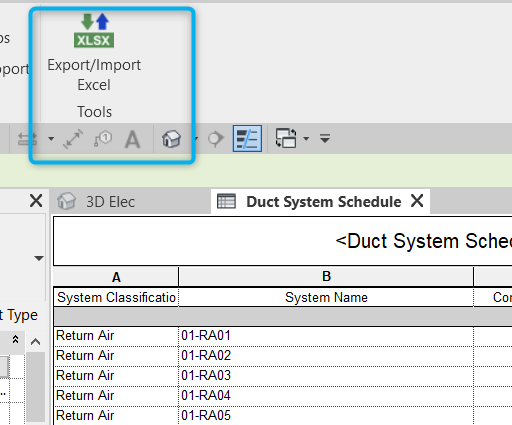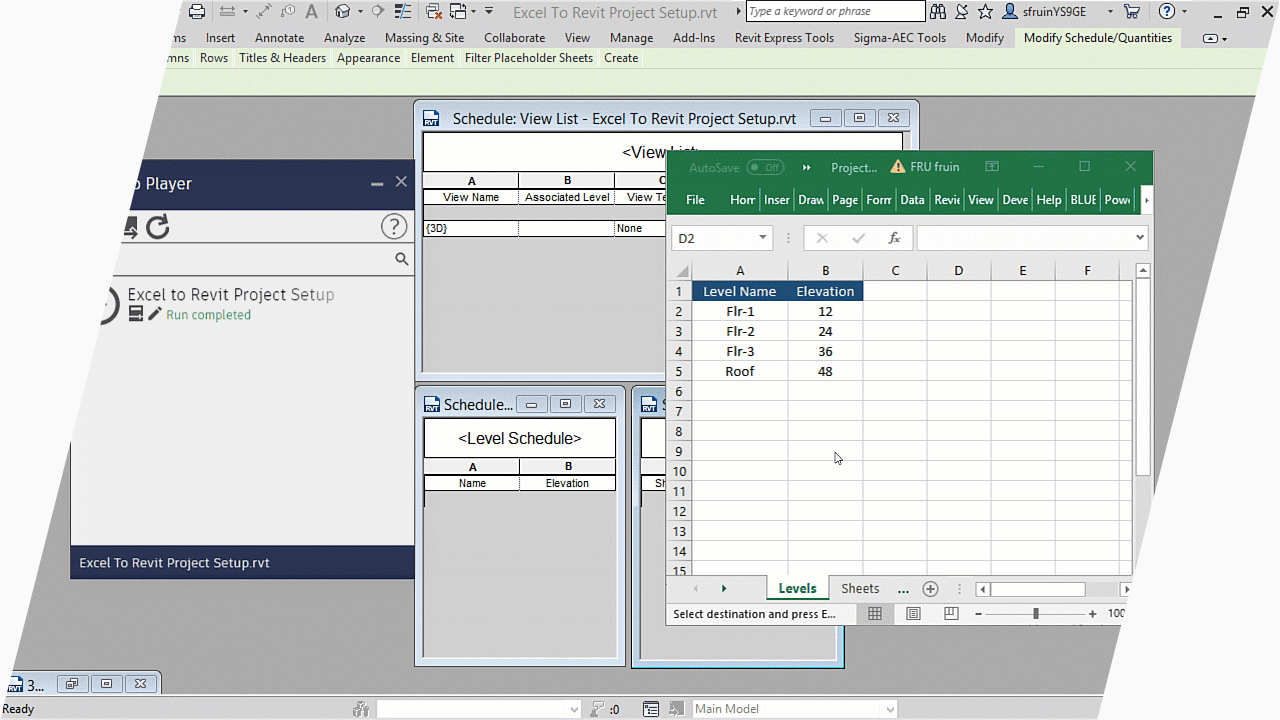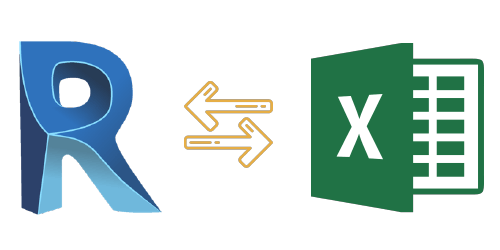Revit Tool to Empower Your Building Details Modeling
Wiki Article
Revit Excel Assimilation Demystified: Improving Process for Improved Job Sychronisation
Look no further, because Revit Excel Assimilation is right here to demystify the procedure and improve your jobs. In this short article, we will certainly assist you via the value of Revit Excel Assimilation, show you how to simplify operations, and offer ideal techniques for effective combination.The Importance of Revit Excel Assimilation
You need to comprehend the relevance of Revit Excel assimilation to successfully simplify your workflows and boost job control. The integration of Revit, a powerful structure information modeling (BIM) software application, with Excel, a commonly made use of spreadsheet program, supplies various benefits for architects, engineers, and building experts.

By incorporating Revit with Excel, you can remove manual data entry and reduce the risk of errors. This not just saves time however additionally makes certain precision in your project documentation. You can update information in Excel, and it will instantly update in Revit, keeping uniformity throughout your job.
Furthermore, Revit Excel integration enhances job coordination by making it possible for effective partnership among group members. With data synchronized between Revit and Excel, everyone can access one of the most updated information and collaborate flawlessly. This advertises smoother communication, reduces disputes, and boosts overall project efficiency.
Exactly How to Improve Workflows With Revit Excel Integration
Optimize your procedure by perfectly attaching Revit and Excel to simplify your workflow. By integrating these 2 effective devices, you can improve job coordination and enhance performance in your work. With Revit Excel integration, you can conveniently transfer information between both systems, permitting for seamless communication and cooperation.

An additional benefit of Revit Excel assimilation is the capacity to produce customized records and evaluate information better. With Excel's durable functions, you can perform advanced computations, create charts and charts, and produce detailed reports based on the data from your Revit designs. This allows you to obtain useful insights and make educated choices throughout the job.
Enhancing Task Coordination With Revit Excel Assimilation
By effortlessly linking your style software program with powerful data analysis tools, you can substantially improve the control of your tasks. Revit Excel integration allows you to simplify your operations and enhance job control by removing hand-operated information entrance and minimizing mistakes. With this integration, you can conveniently move information between Revit and Excel, ensuring that all task info depends on day and accurate.One of the essential advantages of Revit Excel combination is the capacity to import and export information in between the 2 software application perfectly. This suggests that you can quickly import existing task information from Excel right into Revit, saving you time and effort in re-entering info. You can export task information from Revit to Excel, allowing you to perform innovative evaluation and estimations utilizing the effective functions of Excel.
Moreover, Revit Excel assimilation enables you to create vibrant web links in between both software (revit tools). This indicates that any type of adjustments made in Revit will automatically upgrade in Excel, and vice versa. This ensures that all task stakeholders are functioning with the most current details, boosting task control and lowering the danger of mistakes
Conquering Obstacles in Revit Excel Integration
When getting over difficulties in the combination of Revit and Excel, it's crucial to guarantee seamless information transfer and minimize mistakes. One common difficulty is the compatibility of data styles in between Revit and Excel.Another obstacle is the lack of synchronization in between Revit and Excel. It's crucial to develop a clear workflow that guarantees both platforms are upgraded in real-time. This can be achieved by utilizing cloud-based collaboration tools or establishing a system for routine information syncing.
Handling huge datasets can additionally be bothersome. Revit and Excel have various capabilities when it concerns taking care of big amounts revit tools of information. To conquer this challenge, you can divide the data into smaller, manageable pieces or utilize information filtering system strategies to concentrate on particular areas of passion.
Finally, human mistake can bring about discrepancies in between Revit and Excel data. It is necessary to educate staff member on the combination process and establish quality assurance actions to catch any type of mistakes. Normal audits and cross-checks can aid identify and remedy any incongruities.
Ideal Practices for Successful Revit Excel Combination
To guarantee successful assimilation of Revit and Excel, it's important to follow some finest techniques that will help improve your workflow and reduce errors. In addition, when linking Excel data right into Revit, make sure that the information is clean and totally free from any type of formatting concerns that could create mistakes.Another essential practice is to consistently upgrade your Excel data in Revit. Make it a routine to evaluate and update the data at normal intervals, particularly when modifications are made to the job.

Conclusion
So, there you have it - revit Excel combination does not have to be an overwhelming job. With revit Excel assimilation debunked, you'll be well on your way to taking full advantage of the possibility of these tools and taking your projects to brand-new elevations.You can export your Revit routines to Excel, make changes or updates in Excel, and then import the upgraded data back into Revit with just a few clicks. Revit Excel integration enables you to simplify your operations and improve task sychronisation by removing manual data access and decreasing mistakes. With this assimilation, you can easily move data between Revit and Excel, making sure that all project details is up to day and accurate.
You can export project information from Revit to Excel, permitting you to do innovative analysis and estimations making use of the powerful attributes of Excel.
Additionally, when linking Excel information right into Revit, make sure that the data is totally free and tidy from any formatting concerns that might trigger errors.
Report this wiki page